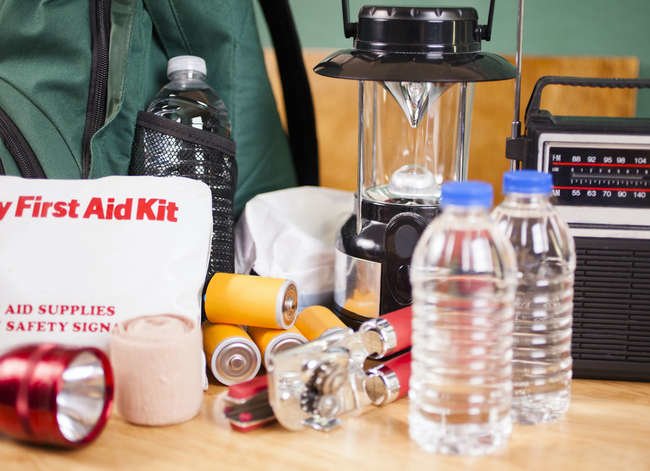

We may earn revenue from the products available on this page and participate in affiliate programs. Learn More ›
Home Advice You Can Trust
Tips, tricks & ideas for a better home and yard, delivered to your inbox daily.
Always be prepared
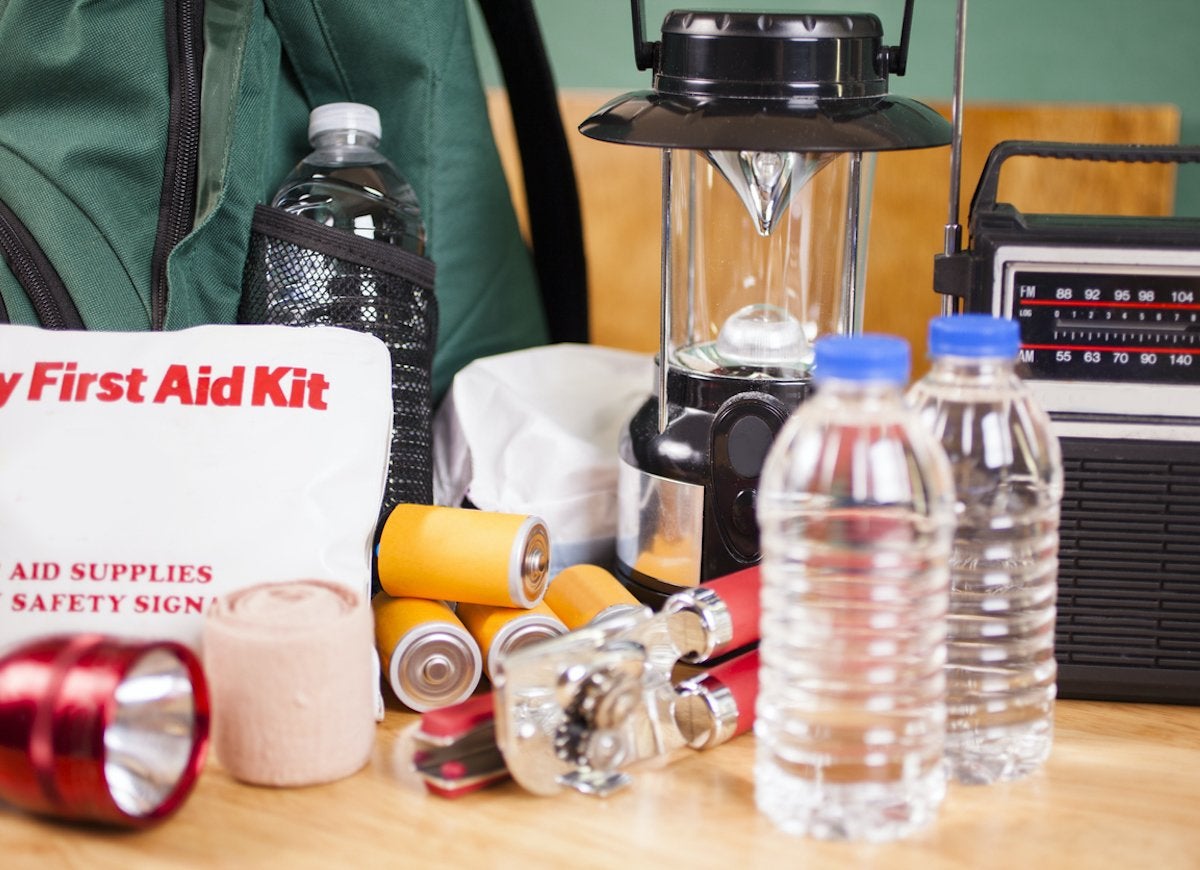
Although it’s tempting to brush off the possibility that a fire, break-in, or other emergency could strike your home, it’s always better to be safe than sorry. Make sure that you’re prepared for anything by outfitting your home with these 15 safety essentials that you may not have—or even realize that you need.
Smart Lock
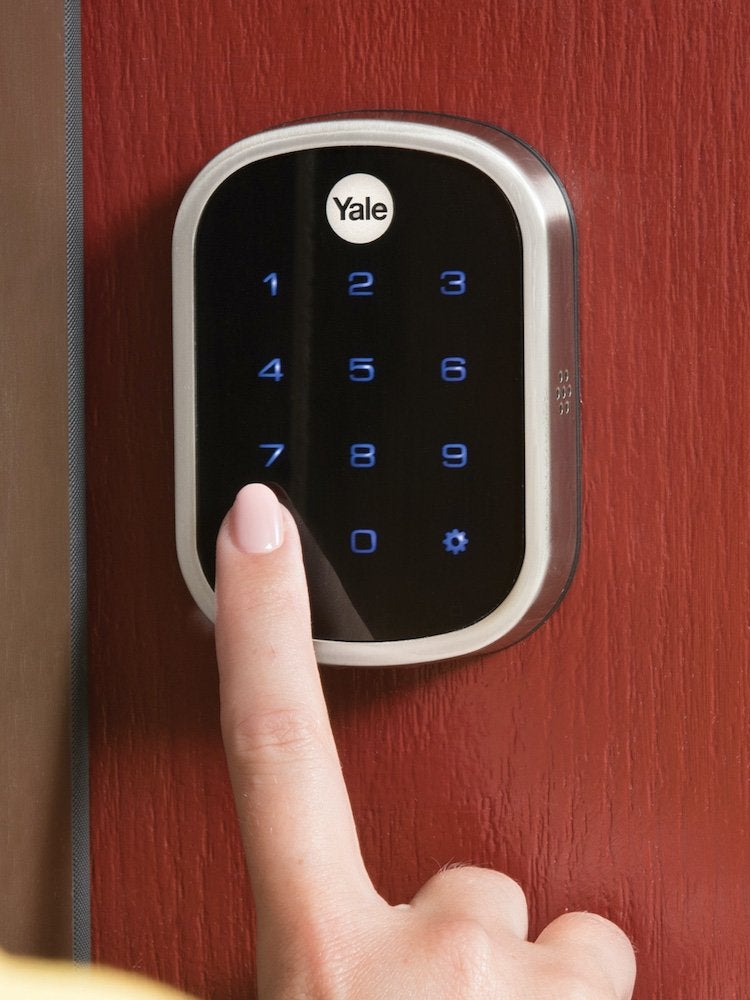
Yale Home
Replace the ordinary deadbolt on your door with a smart lock, like the Yale Assure Lock SL. With its touchscreen pad, you no longer need to worry about where your keys are or hiding them in the flower pot for visitors. You can also control access to your home using its app to lock, unlock, and create other settings. And for additional peace of mind, its DoorSense feature alerts you if your door is open or closed. Available on Amazon; $249.
Packed First Aid Kit

While this seems obvious, you should always keep a first aid kit on hand so you’re prepared for accidents or emergencies. Pick up a prepackaged product like this set that goes way beyond the basics, complete with alcohol swabs, a whistle, and a CPR breathing mask. The lightweight case has clearly marked compartments to make it easier to find what you need under stressful situations. Available on Amazon;$36.95.
Safety Ladder
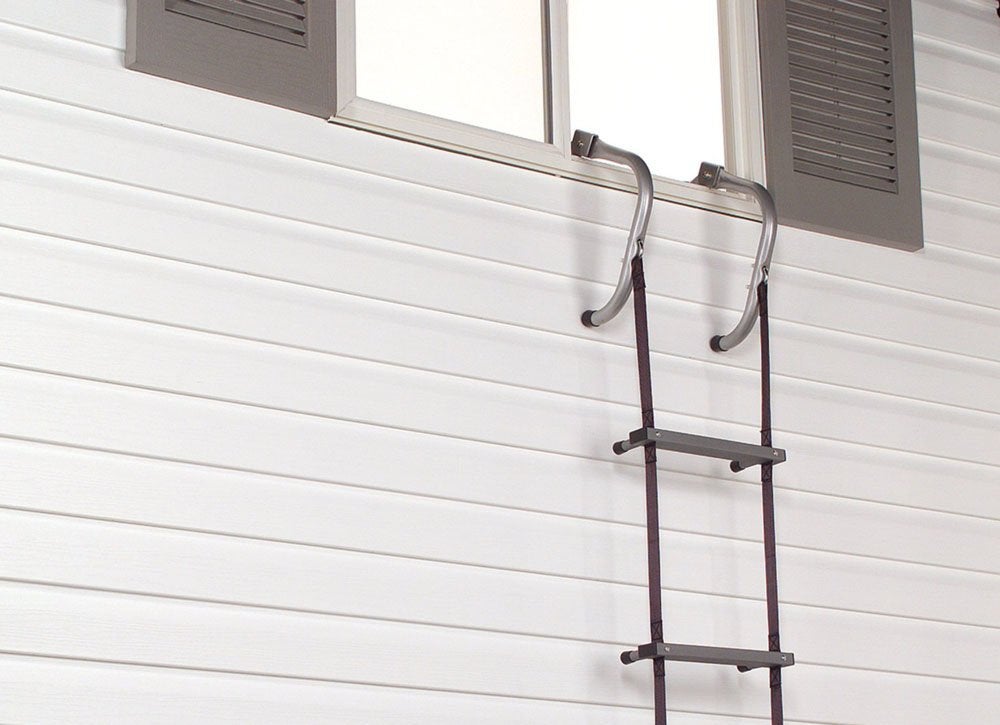
Although we all hope we never have to endure the damage and loss of life that can be caused by a house fire, it’s still important to be prepared for one. If the unthinkable happens, an emergency ladder could save your life. Consider purchasing a multistory model and stashing it in an accessible location, preferably near a window, so you or your family members will be able to quickly and safely escape the house in the event of fire. Available on Amazon; $34.78.
App Alerts

You may think of your heating system primarily as a source of physical comfort, but in the winter it can protect your home against devastating damage. To ensure that your heating system stays on task, consider a Wi-Fi-connected thermostat like the Nest. The technology offers you the convenience of being able to control your thermostat from anywhere, via any Internet-enabled device. But more important, Wi-Fi thermostats provide real-time system alerts, so if your heating system were to fail, you could take action immediately—before frozen pipes and related hazards endanger your home. Available on Amazon; $227.70.
Motion Detector Lights
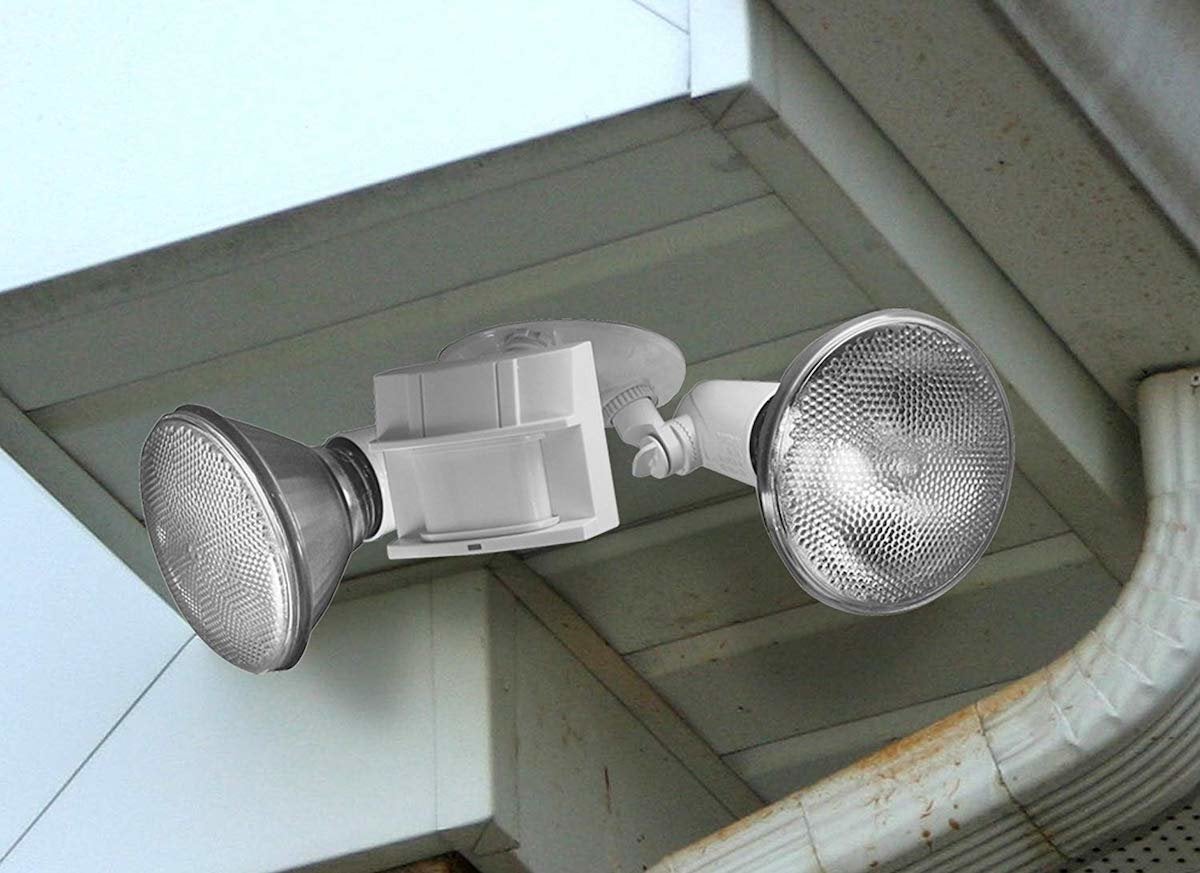
There’s a reason why many police departments and security experts recommend installing motion-sensor lights as a defense against nighttime intruders. These energy-conscious fixtures shine a light on would-be burglars, deterring those who would rather do their bad deeds in the dark. Installed near entryways, motion-sensor lights also provide safe passage to anyone arriving home after dark. Available on Amazon; $15.61.
Emergency Radio
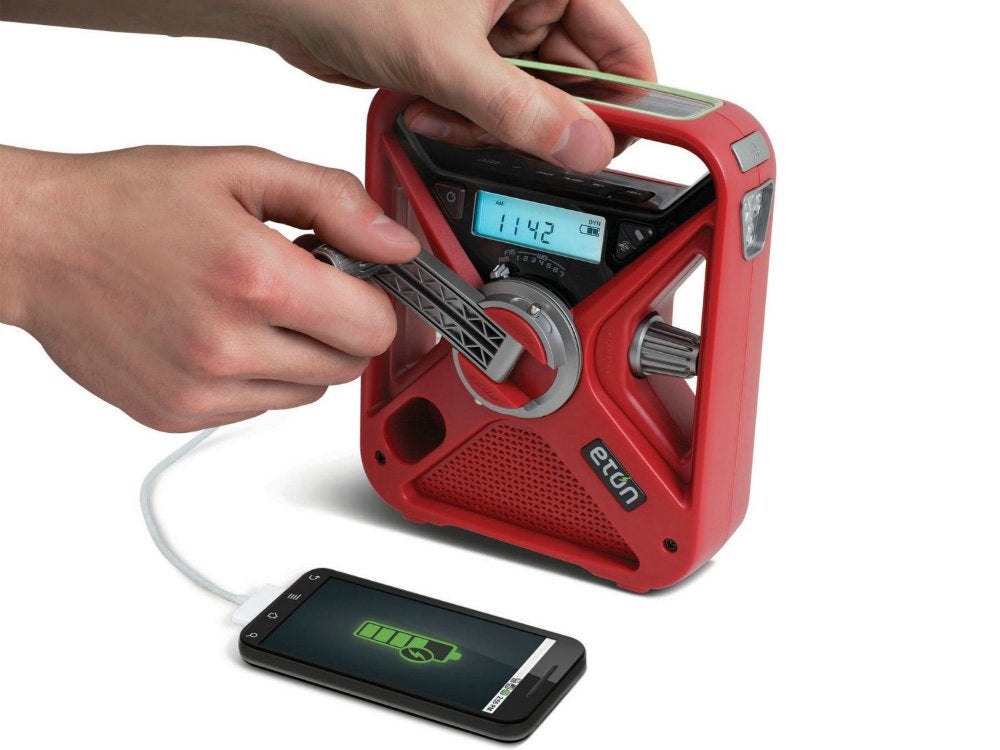
Losing power doesn’t have to mean losing touch with the rest of the world. This emergency radio needs only one of these three sources to operate: three AAA batteries, a little sunlight, or a small workout via a hand crank. Once the radio’s running, you can set it to broadcast local weather alerts and still have enough juice to recharge your phone. And should you forget your candles and matches as you run to the basement for shelter, this phone-charging radio unit also serves triple-duty as an LED flashlight. Available on Amazon; $62.48.
Portable Space Heater
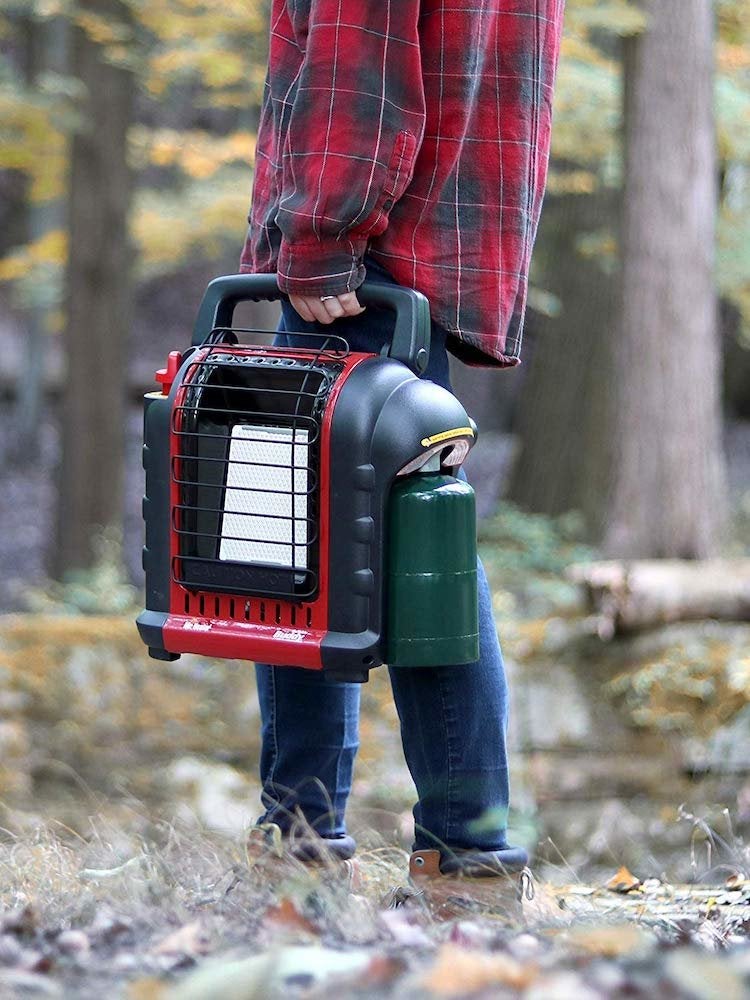
At most times of the year, power outages are merely a nuisance. In the winter, however, they are downright dangerous. Why? Because the whole-home heating systems we use today rely on electricity. Without electricity, well, you’re on your own. If your home doesn’t have a fireplace and you’re reluctant to get a generator, look into options like the Mr. Heater Portable Buddy Heater. Rated for indoor use, the propane-powered unit can keep a 200-square-foot space comfortable for as long as the fuel supply lasts. Available on Amazon; $74.
Fireproof Safe
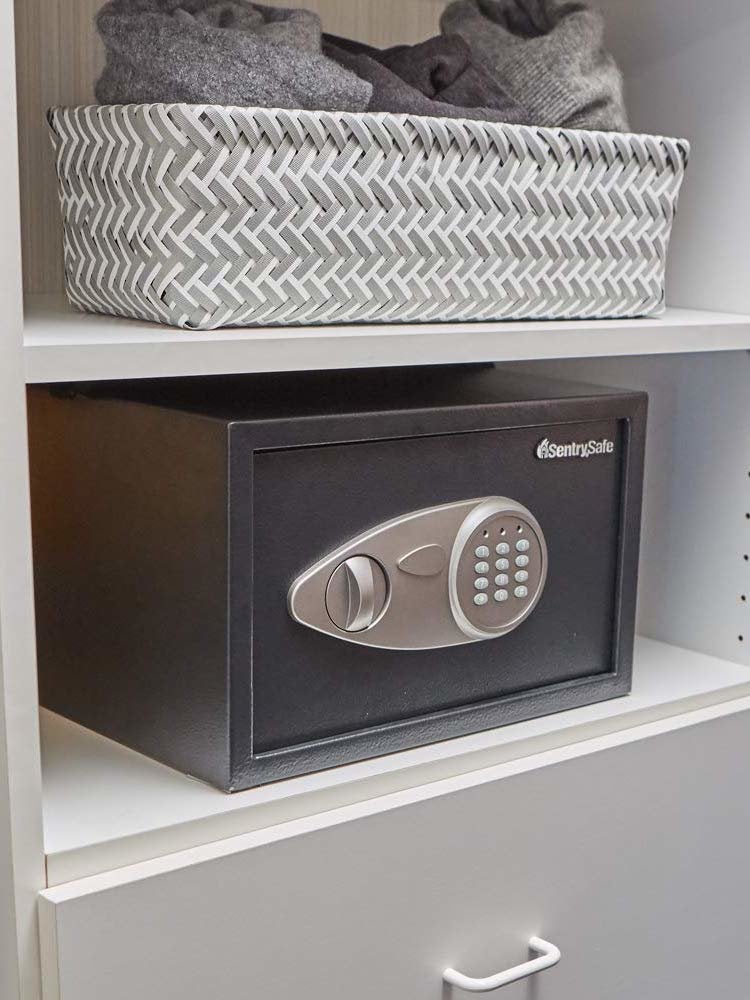
A home safe can really come in handy for safeguarding valuables like passports, family heirlooms, checkbooks, and other important papers. A safe that’s cleverly hidden away can keep these possessions from being stolen in the event of a break-in, and a fireproof and waterproof model can protect your valuables from the devastating effects of a fire. Available on Amazon; $68.94.
Fire Extinguisher
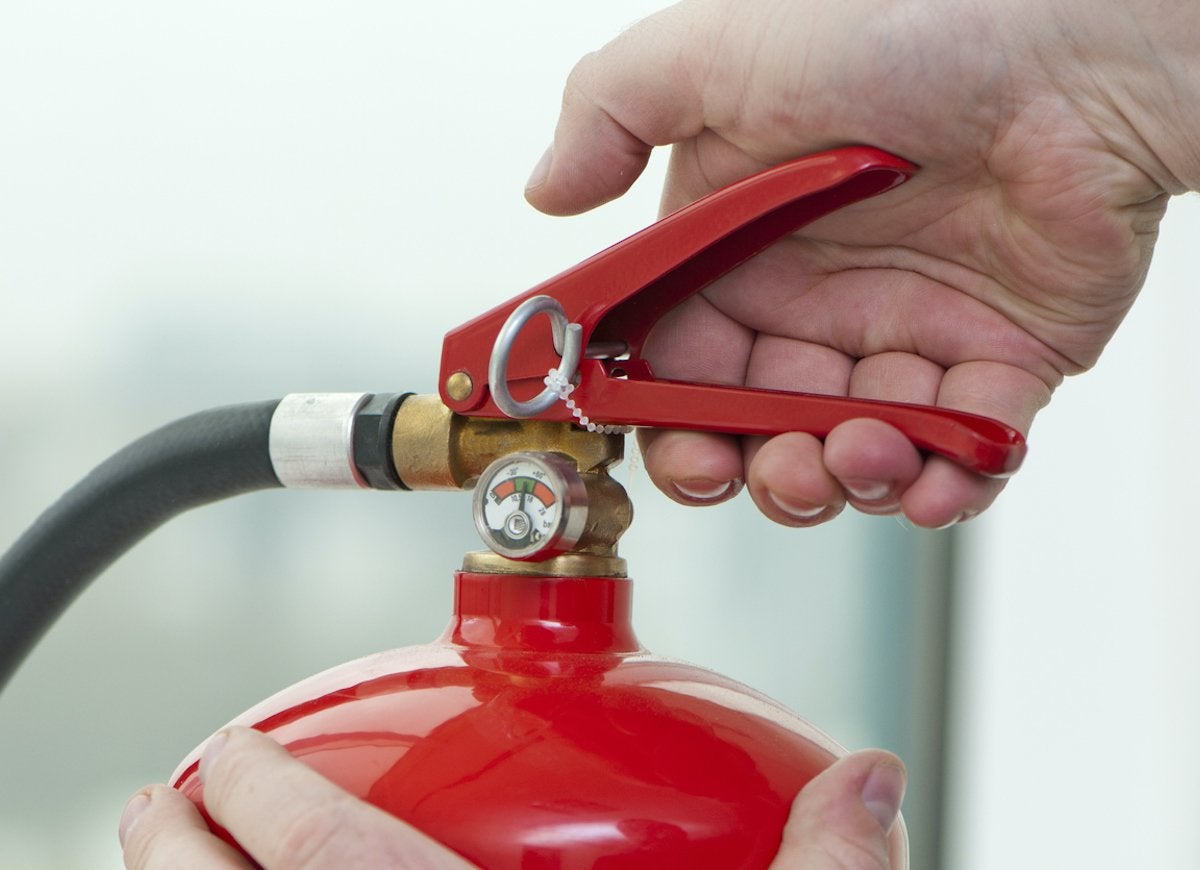
A fire extinguisher may not be the most exciting or attractive addition to your home, but this must-have safety essential could save your life. Place it in an easily accessible area so you can quickly and effectively put out a fire, or at least tame the flames while your family escapes to safety. Available on Amazon; $44.97.
Pack Of Lighters
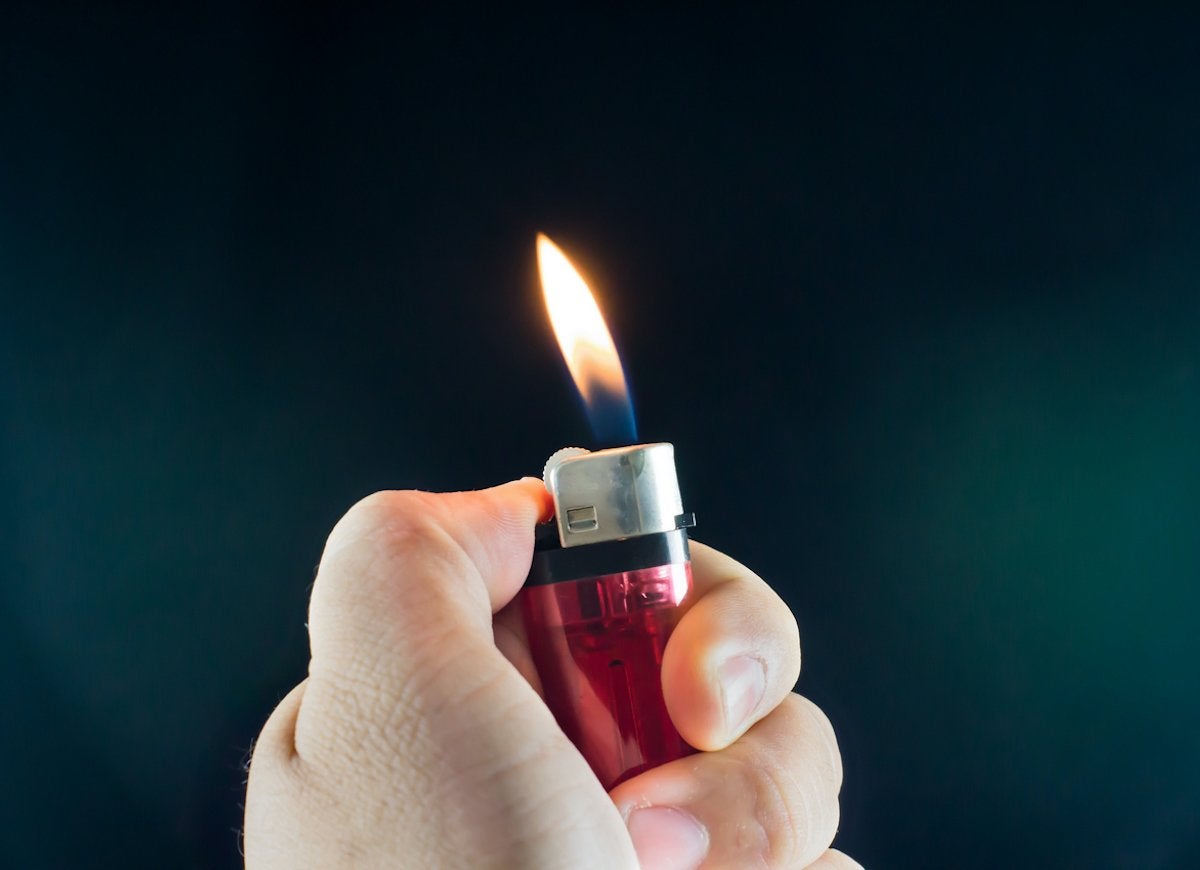
When the lights suddenly flicker and you find yourself shrouded in darkness, a lighter can be a wonderful thing. Always have a few of these close at hand in case the power goes out or another emergency situation arises—you’ll be grateful that they’re there. A lighter can help you start a fire, illuminate a few candles, or navigate the dark. Purchase a multi-pack so you’ll have extras available whenever you need them. Available on Amazon;$13.74 for a 12-pack.
Smart Doorbell
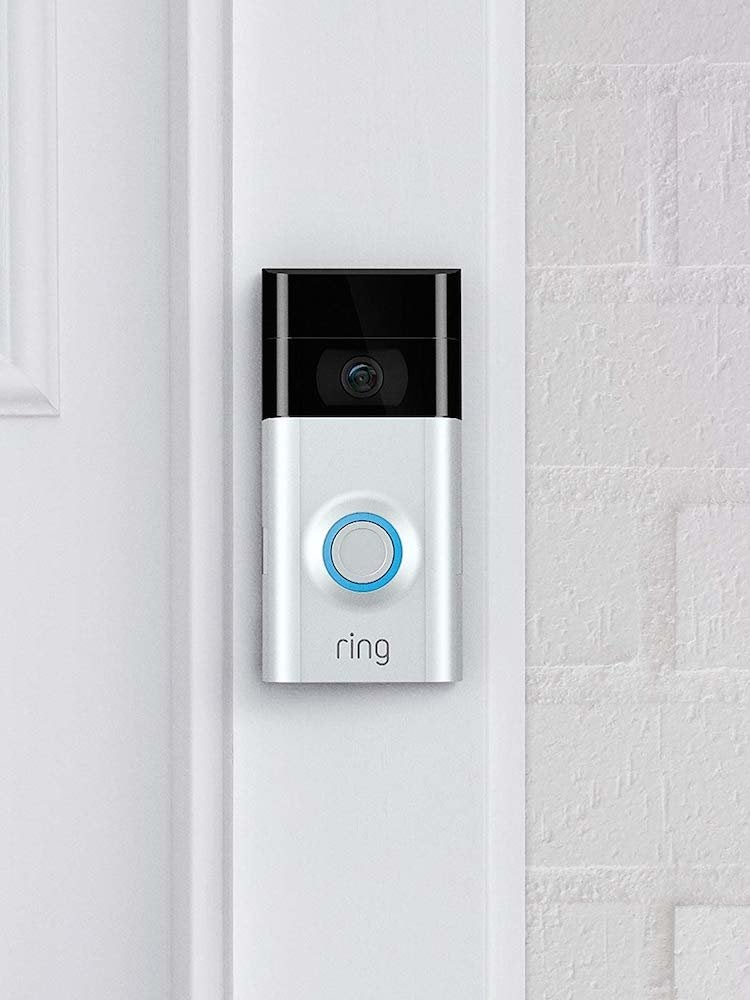
With a Ring video doorbell, you can know who’s at your door before even getting up from the couch. It lets you see, hear, and speak to your visitors from your phone, tablet, or PC, and it monitors your home in 1080HD video with infrared night vision. It’s like having an extra set of eyes and ears keeping watch on your home. Available on Amazon; $149.99.
Portable Charger

Your phone is just as much a safety essential as other items on this list. Not only do you need it for phone calls and staying in touch, but you can quickly search for answers and information, take advantage of apps, and use tools on it like the flashlight. You can find yourself in a jam if your battery is low and don’t have access to an outlet. Keep a portable charger in the house, like the Anker PowerCore 1000, for blackouts and power outages so you can always stay connected. Small and light, the Anker PowerCore 2-3 full charges for iPhones and Androids. Available on Amazon; $19.99.
Emergency Magnet
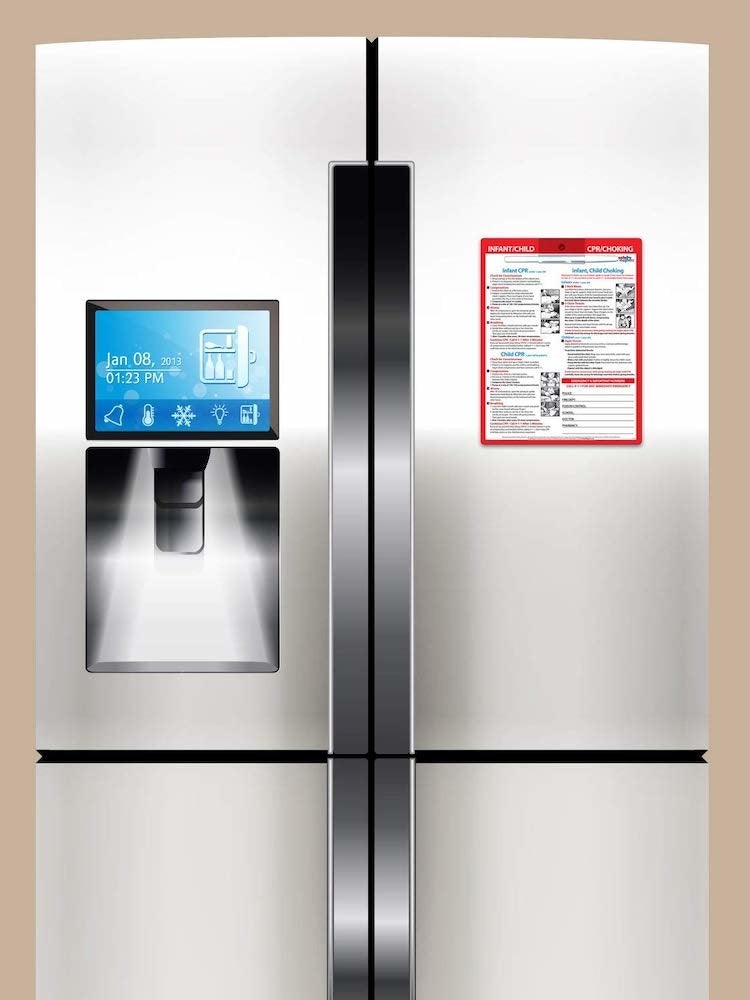
It’s too late to do research when an emergency happens. Be rest assured vital, life-saving information is instantly available in your home with this Infant & Child CPR and Choking First Aid magnet. Keep it on the refrigerator for easy access for anyone in your home. Available on Amazon; $8.79.
Carbon Monoxide Detector
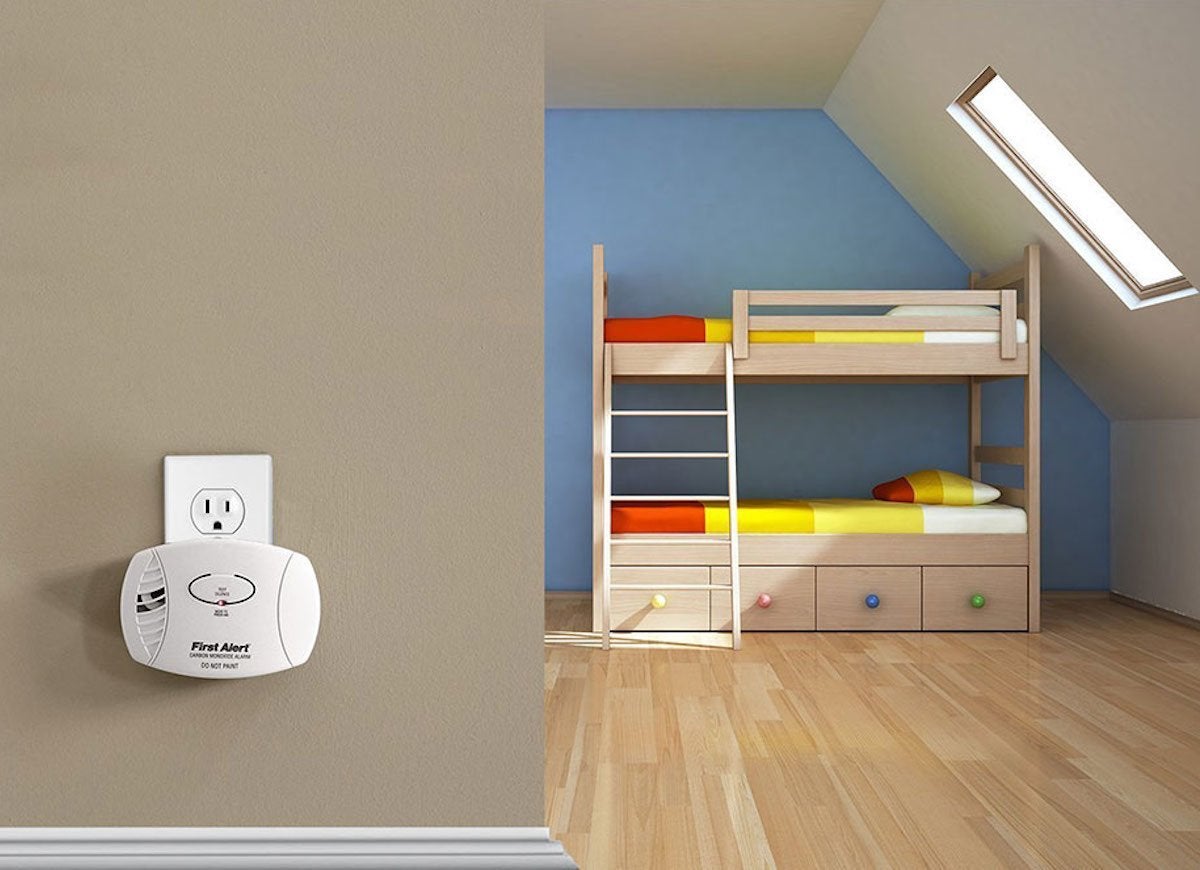
First Alert Store
Keep your family safe from carbon monoxide with the First Alert Plug-In Battery Back-Up CO Alarm. It plugs into any outlet, so you can place them practically anywhere in the house. The 9-volt battery back-up ensures the alarm will function even if the power goes out. Available on Amazon; $21.99.
4-in-1 Emergency Tool

This 4-in-1 Emergency Tool will be useful in all manner of emergency scenarios. Made of durable cast aluminum that is both spark-proof and rust-proof, it can pry open doors, dig through debris, and shut off gas and water valves. Available on Amazon; $16.75.

Meet the 2025 Tools of the Year
After months of scouring the market and putting products through their paces, we’ve named the best of the best in new tools. There’s something for everyone, from veteran pros to average Joes.